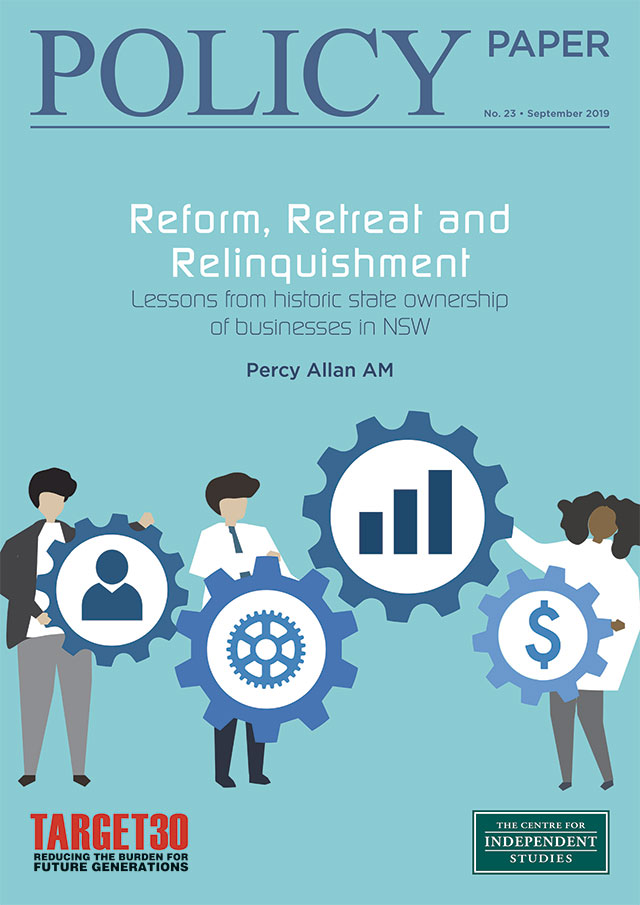
In the 1980s and 90s, Australian governments agreed to an ambitious program of micro-economic reforms to lift industrial productivity and living standards that had languished in the 1970s and 1980s.
Most economic attention on that era has focused on federal government initiatives such as further reducing import tariffs, floating the Australian dollar, exposing local banks to foreign competitors, deregulating the telecommunications industry, adopting enterprise wage bargaining, and privatising AUSSAT (now Optus), Telstra, Qantas, the Commonwealth Bank and CSL.
However, significant reforms of government owned businesses occurred at a state level, which resulted in a massive boost to their efficiency and releasing scarce resources for core ‘general government’ services such as public education, health and community services.
Percy Allan AM explains the key structural reforms that made the 1990s the ‘Golden Era’ of transformation for NSW government businesses. He also explores possible reasons for those gains waning in the early 2000s (before the NSW government ceased publishing performance reports on the sector). He traces the shift to privatise NSW government businesses — especially in the 2010s — and the reasons for so doing.
In conclusion, he asks what these three decades of reform, retreat and relinquishment of government enterprises in NSW teach us about the role of government in future.
Image by rawpixel.com on Freepik










